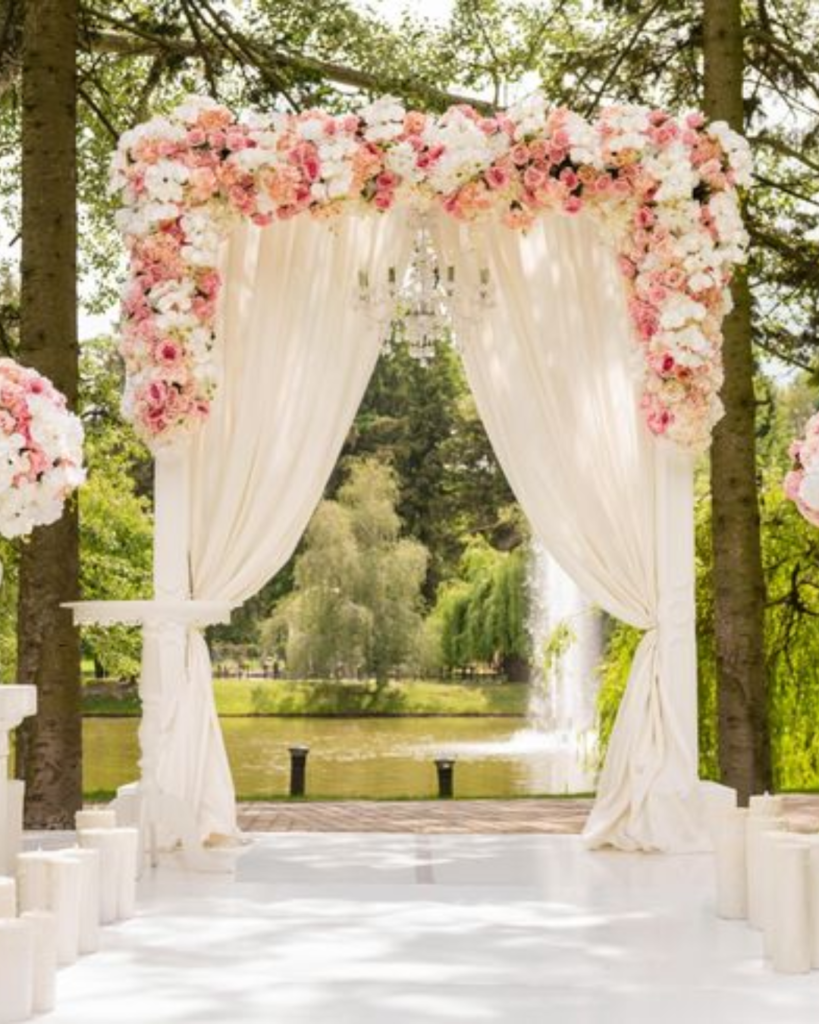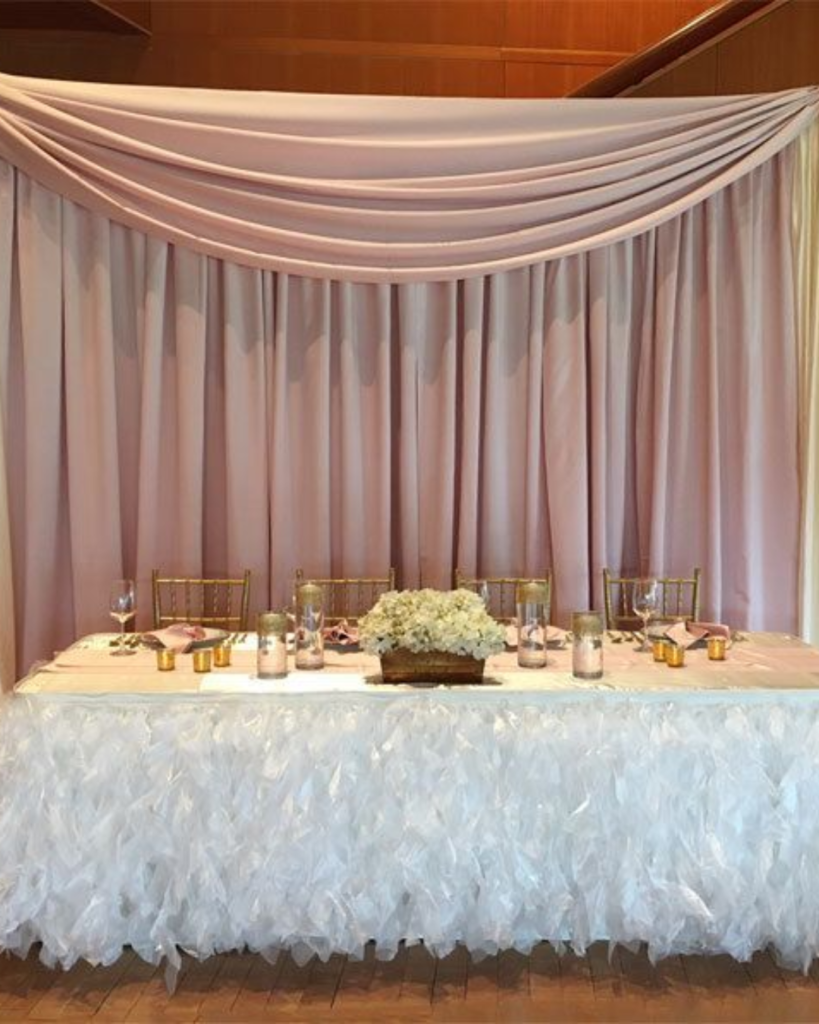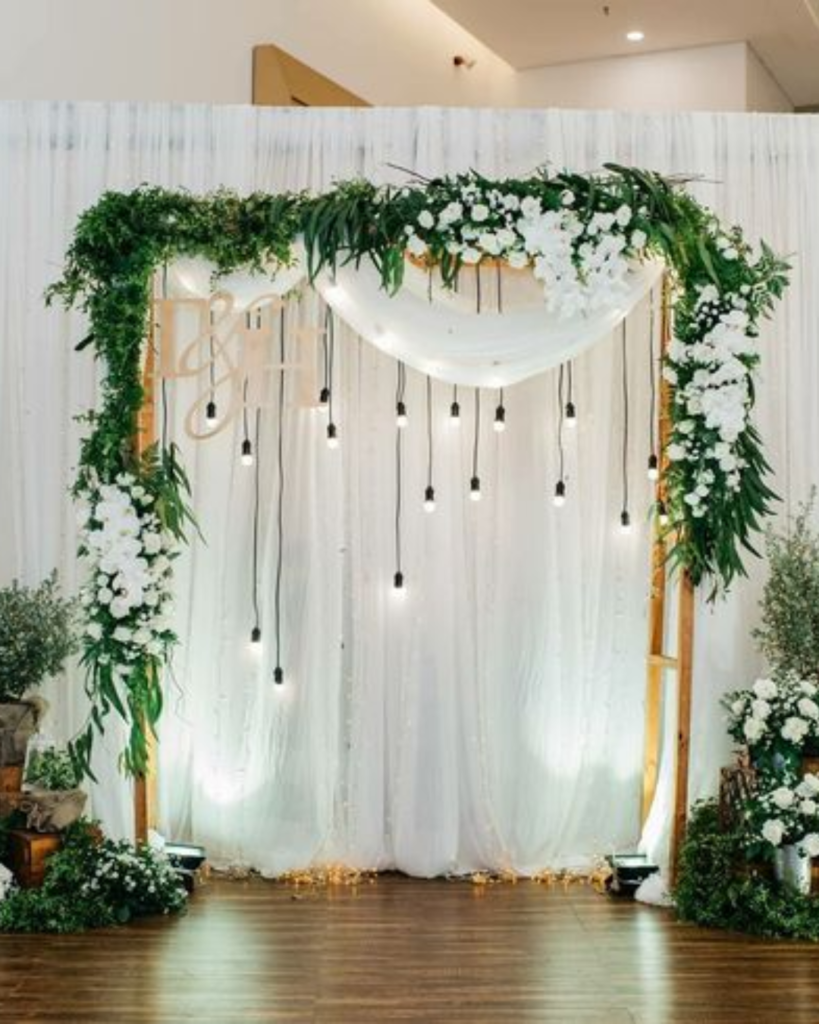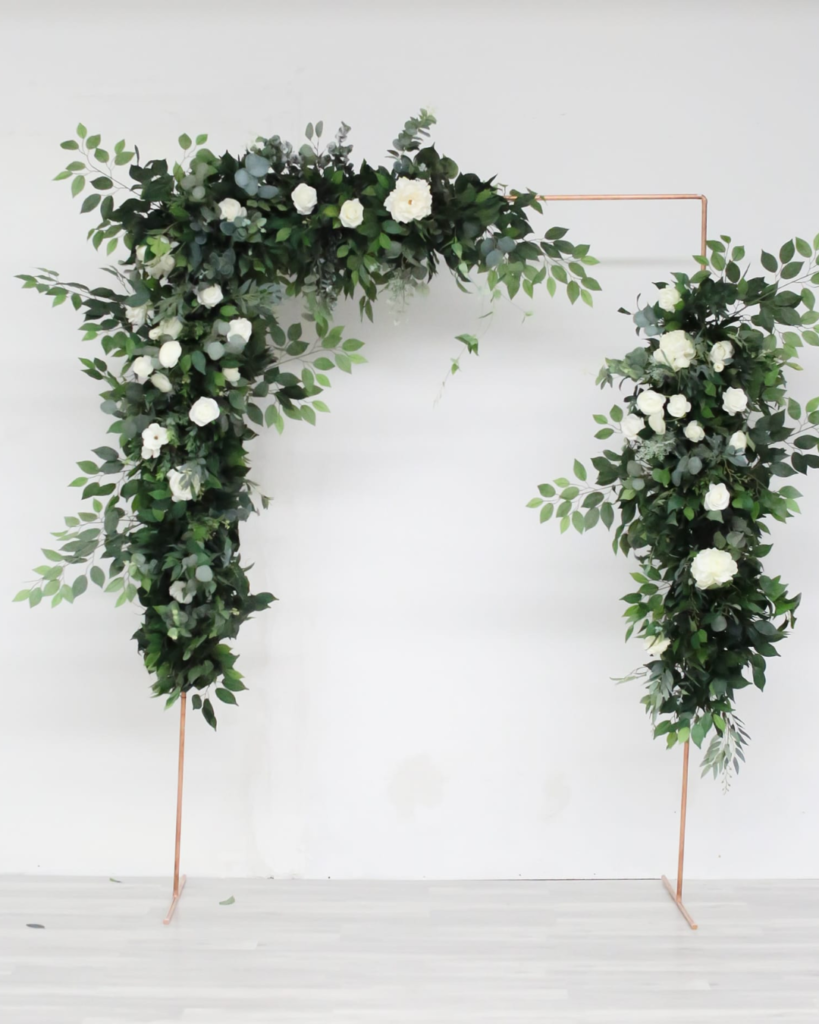
Backdrop rentals are a valuable service for various events, providing visually appealing backgrounds that enhance the overall atmosphere and theme of gatherings such as weddings, corporate functions, parties, and photo shoots. This detailed exploration will cover the types of backdrops available for rental, their uses, materials, considerations for selecting the right backdrop, and tips for successful installation and usage.
We are Providing Types of Backdrops
Solid Color Backdrops:
- Often used in photography and events, solid color backdrops are versatile and can complement any theme. They are available in various colors, allowing for easy matching with decor.
Printed Backdrops:
- These backdrops feature custom designs, patterns, or images, adding a unique touch to an event. Common options include scenic views, themed graphics, or logos for branding purposes.
Textured Backdrops:
- Textured backdrops can simulate materials such as brick walls, wood, or fabric. They add depth and visual interest to photos and enhance the ambiance of an event.
Themed Backdrops:
- For themed parties or events, these backdrops are designed to reflect specific themes, such as vintage, rustic, or modern styles. They help create an immersive experience for guests.
Step and Repeat Backdrops:
- Commonly used at red-carpet events or corporate functions, step and repeat backdrops feature logos or branding repeated across the surface, providing a great photo opportunity for guests.
Uses of Backdrop Rentals
Weddings: Backdrops can create beautiful focal points for ceremonies, receptions, and photo areas, enhancing the visual appeal of the event and providing memorable photo opportunities for guests.
Corporate Events: Companies often use backdrops for branding purposes at trade shows, conferences, and product launches. They help create a professional atmosphere and enhance brand visibility.
Parties and Celebrations: Backdrops are popular for birthdays, anniversaries, and other celebrations, adding a festive touch and creating fun photo opportunities for guests.
Photography Sessions: Photographers frequently rent backdrops for portrait sessions, family photos, and professional shoots, allowing them to create specific looks and themes.
Materials Used in Backdrops
Backdrop materials vary based on the type and intended use, including:
Vinyl: A durable option that is easy to clean and resistant to wrinkles. Vinyl backdrops are commonly used for outdoor events and are suitable for high-traffic areas.
Fabric: Lightweight and versatile, fabric backdrops can drape beautifully and provide a soft look. They are often used for indoor events and can be easily folded for transport.
Paper: Economical and available in various colors and patterns, paper backdrops are suitable for short-term use. They are commonly used in photography studios and smaller events.
Mesh: This lightweight material allows for light diffusion and is often used in outdoor settings. Mesh backdrops are easy to set up and can be secured without bulky frames.
Considerations for Selecting the Right Backdrop
Event Theme: The backdrop should align with the overall theme of the event. Consider colors, patterns, and styles that enhance the decor and create a cohesive look.
Size: Ensure the backdrop is appropriately sized for the venue. Measure the space where it will be installed to ensure it fits without overwhelming the area or looking too small.
Location: Consider whether the event will be indoors or outdoors. Choose materials and designs that are suitable for the environment and can withstand potential weather conditions if outdoors.
Budget: Set a budget for backdrop rentals, factoring in the cost of delivery, setup, and any additional features such as lighting or accessories.
Tips for Successful Installation and Usage
Pre-Event Setup: Schedule the backdrop installation well before the event begins to allow for any adjustments or last-minute changes. Early setup ensures a stress-free experience.
Lighting: Proper lighting can significantly enhance the backdrop’s appearance. Consider using uplighting or spotlights to create a dramatic effect, especially for evening events.
Complementary Decor: Use additional decor elements, such as props or floral arrangements, to enhance the backdrop and create a visually appealing scene for guests to enjoy.
Photo Opportunities: Designate a specific area for photos, ensuring guests know where to go for pictures. Consider adding a photo booth or props to encourage participation.









